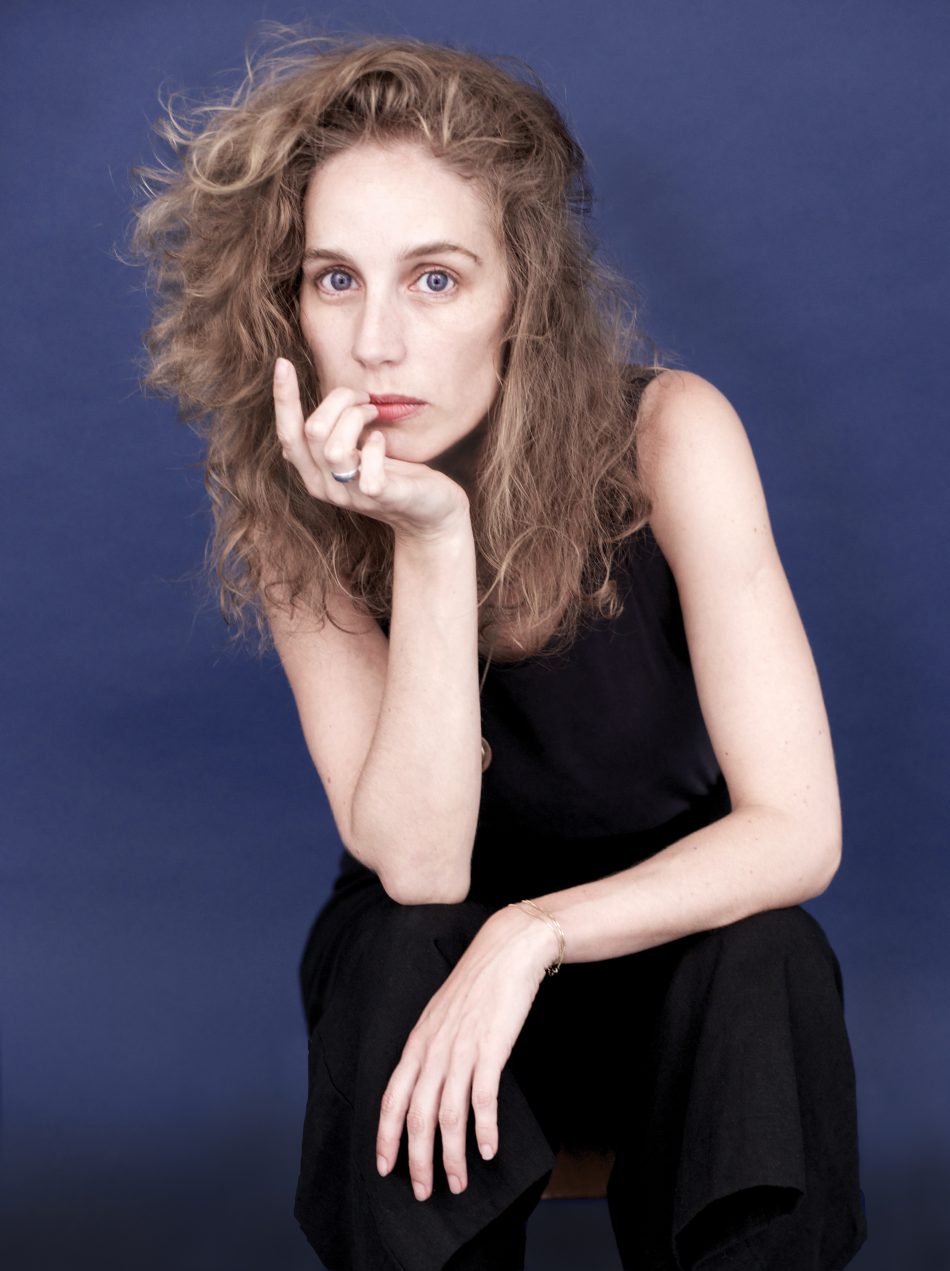Exploring the Psyche in Fashion Filmmaking

A white glove on a table suddenly begins to move on its own, twitching in spasms as if taking in its first breath of life. A woman switches in between contorting her body in visceral, extreme movements, to freezing in rigid perfection. A girl’s face warps as an ice cube melts like a fragile hourglass in her hand. This is the type of strange, haunting imagery that Maria Burns features in her fashion filmmaking. Since her first short film TENDANCE BRUTE, Maria has been bringing an avant-garde vision to the fashion filmmaking world. Her film O-NUS received numerous awards, gaining attention throughout the festival circuit. This year, Maria collaborated with Marco de Ornella on her film Cocoon Redux. It premiered at the 2017 La Jolla Film Festival, and was quoted in Forbes as bringing together “the feel of a fashion editorial, with movement and storytelling, to perfection.” Born and raised in Switzerland, Maria Burns has applied her psychology studies at Berne University to her filmmaking, exploring how, in her words, “modern social dogma affect perception and behavior.” Maria’s films go beyond catering to glamorousness and instead often walk a fine line between godlike flawlessness and primal instincts. The push and pull of her visuals depict deeper human conflict going on underneath the surface through a specific, bold aesthetic that requires no dialogue.
When did you first pick up a camera and decide to become a filmmaker?
My first love was still photography. Since my teenage years I was printing images in my self-made darkroom back home in Switzerland. Only after finishing my studies in psychology at Berne University, I finally decided to dedicate my entire focus on photography, moved to NY and studied at the International Center of Photography (ICP). The transition from the still to the motion world actually happened through this newfound creative expression, known today as fashion film.
What drew you to making fashion films specifically?
One day I saw my friend Alexander Haessner’s first fashion film and that’s when my passion for this new genre hit me like lightning. The idea of combining fashion imagery with an abstract narrative, choreography, rhythm and especially sound, felt like the perfect vehicle to express all my artistic interests within one medium.
In Cocoon Redux, your leading woman doesn’t have as much control over her environment and it’s the clothes and the space that seem to take on a life of their own. What’s the significance in making the conflict more about the external environment?
In Cocoon Redux the relation between the man and the woman was very simple. It is the story of a photographer and his muse at work, creating an iconic picture. For this scenario, I did not feel compelled to focus on the interplay between a man and a woman. I felt far more intrigued to explore how they both managed to create art together. Often, when one is in the process of creating, the surroundings matter a lot. Your environment can trigger an idea. By giving the setting life, I felt I could add another interesting dimension to a very simple yet charming plot. I was going for a rather whimsical and abstract interpretation of the story. And ultimately, all the external elements in this piece were reflecting the inner creative process of the protagonist.
What other psychological themes or conflicts would you like to explore in your work?
There is a specific solidarity campaign, launched by UN Women, that I have been very much touched by, called “HeForShe.” This movement seeks to encourage men to raise their voices against negative inequalities faced by women and girls around the world. I find this movement brilliant and I think it touches the exact nerve and source of a lot of social, economical and political issues. I would love to create a piece underlining this very specific matter.
Do you think you would ever attempt a feature or a more traditional narrative with dialogue?
Yes to the feature, and no to the more traditional narrative with dialogue! I would love to attempt to create a feature, keeping my simple yet abstract photographic imagery and focusing on sound aligned with very minimal dialogue. This is still music of the future!
Text Zee Chang
Photography John Wesley

